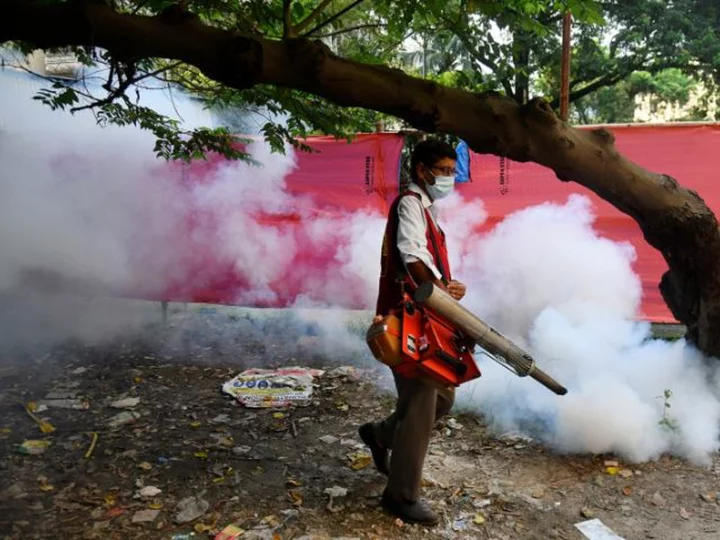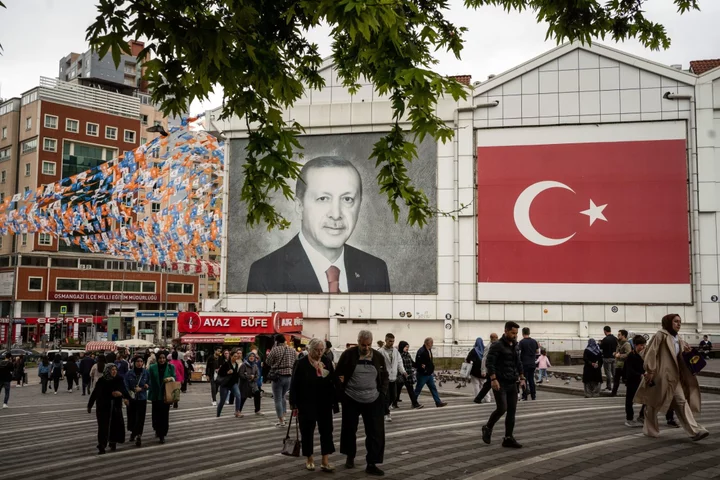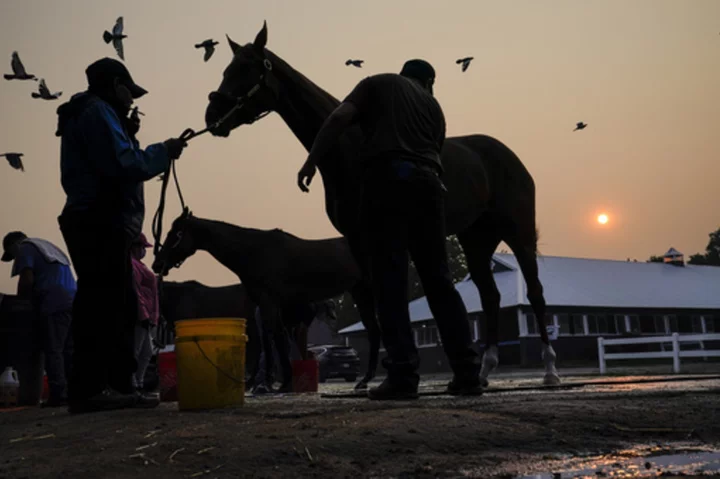More than 1,000 people have died from dengue in Bangladesh's worst outbreak on record, official data shows, with rising temperatures due to the climate crisis driving the ongoing spread as more cases are reported away from dense urban centers for the first time.
Since January, 1,017 people have died from the mosquito-borne disease, including more than 100 children, with infections rising over 208,000, according to figures from the Bangladesh Directorate General of Health Services released Monday.
While dengue fever is endemic in the South Asian country, with infections typically peaking during the monsoon season between July and September, this year the uptick in cases started much earlier -- toward the end of April.
A prolonged monsoon season that saw warmer temperatures combined with irregular, heavy rainfall created ideal breeding conditions for the Aedes mosquito, which carries the dengue disease, scientists say.
The influx of patients has strained the country's health care system and hospitals have faced a shortage of beds and staff to care for them, local media have reported.
Fatalities from the outbreak are almost four times higher than last year, when 281 people died. In September alone, there were more than 79,600 reported cases and 396 deaths, according to Bangladesh health authorities.
There is also growing concern about the outbreak spilling into the cooler months. Last year, dengue cases only peaked in October with most deaths recorded in November.
A viral infection, dengue causes flu-like symptoms, including piercing headaches, muscle and joint pains, fever and, in some cases, internal bleeding and death. It is transmitted to humans through the bite of an infected Aedes mosquito and there is no specific treatment for the disease.
Dengue, also known as breakbone fever, is endemic in more than 100 countries and every year, 100 million to 400 million people become infected, according to the World Health Organization (WHO).
In the past, outbreaks had generally been confined to densely-populated urban centers like the capital Dhaka -- home to more than 20 million people -- but this year infections rapidly spread to every district across the country, including rural areas, WHO said.
WHO director-general Tedros Adhanom Ghebreyesus said in a news briefing last month that the UN agency is supporting the Bangladeshi government and authorities "to strengthen surveillance, lab capacity, clinical management, vector control, risk communication and community engagement," during the outbreak.
But there are calls from public health experts in the country to make dengue more of a priority and focus on prevention measures, including early detection and access to adequate health services -- repeat infections of dengue can be more serious and even deadly.
Those calls to action are not limited to Bangladesh. As the planet rapidly heats due to the burning of fossil fuels, outbreaks will become more common in new regions of the world.
The global number of dengue cases has already increased eight-fold in the past two decades, according to WHO.
As the climate crisis worsens, mosquito-borne diseases like dengue, Zika, chikungunya and yellow fever will likely spread further and have an ever greater impact on human health.
This year, dengue has hit South America severely with Peru battling its worst outbreak on record. Cases in Florida prompted authorities to put several counties on alert. In Asia, a spike in cases has hit Sri Lanka, Thailand and Malaysia, among other nations. And countries in sub-Sarahan Africa, like Chad, have also reported outbreaks.
WHO's alert and response director Abdi Mahamud called the outbreaks a "canary in the coalmine of the climate crisis" and said "more and more countries" are experiencing "the heavy burden of these diseases."









